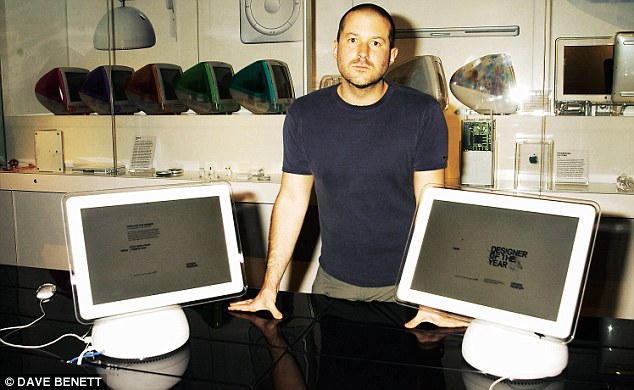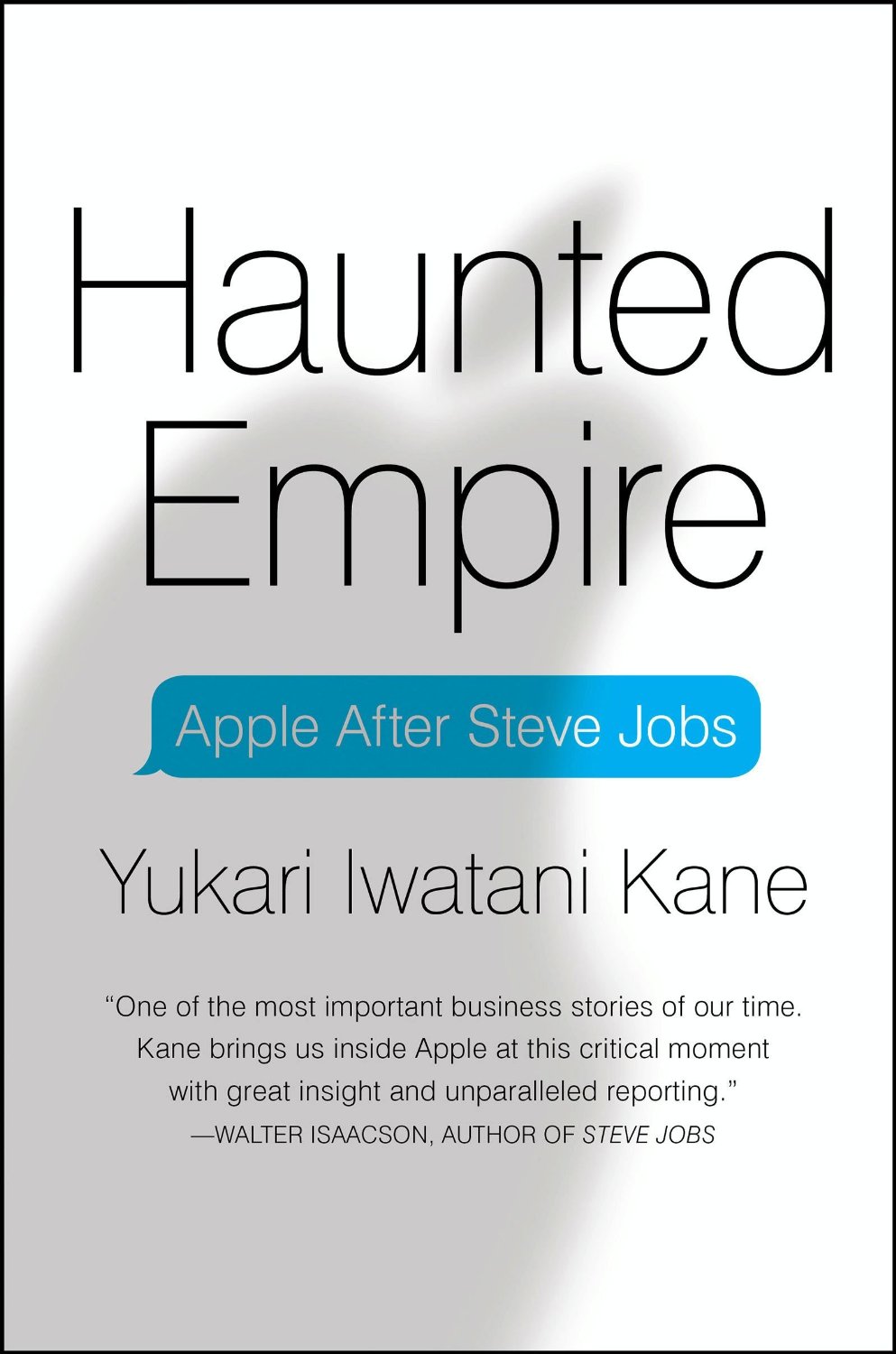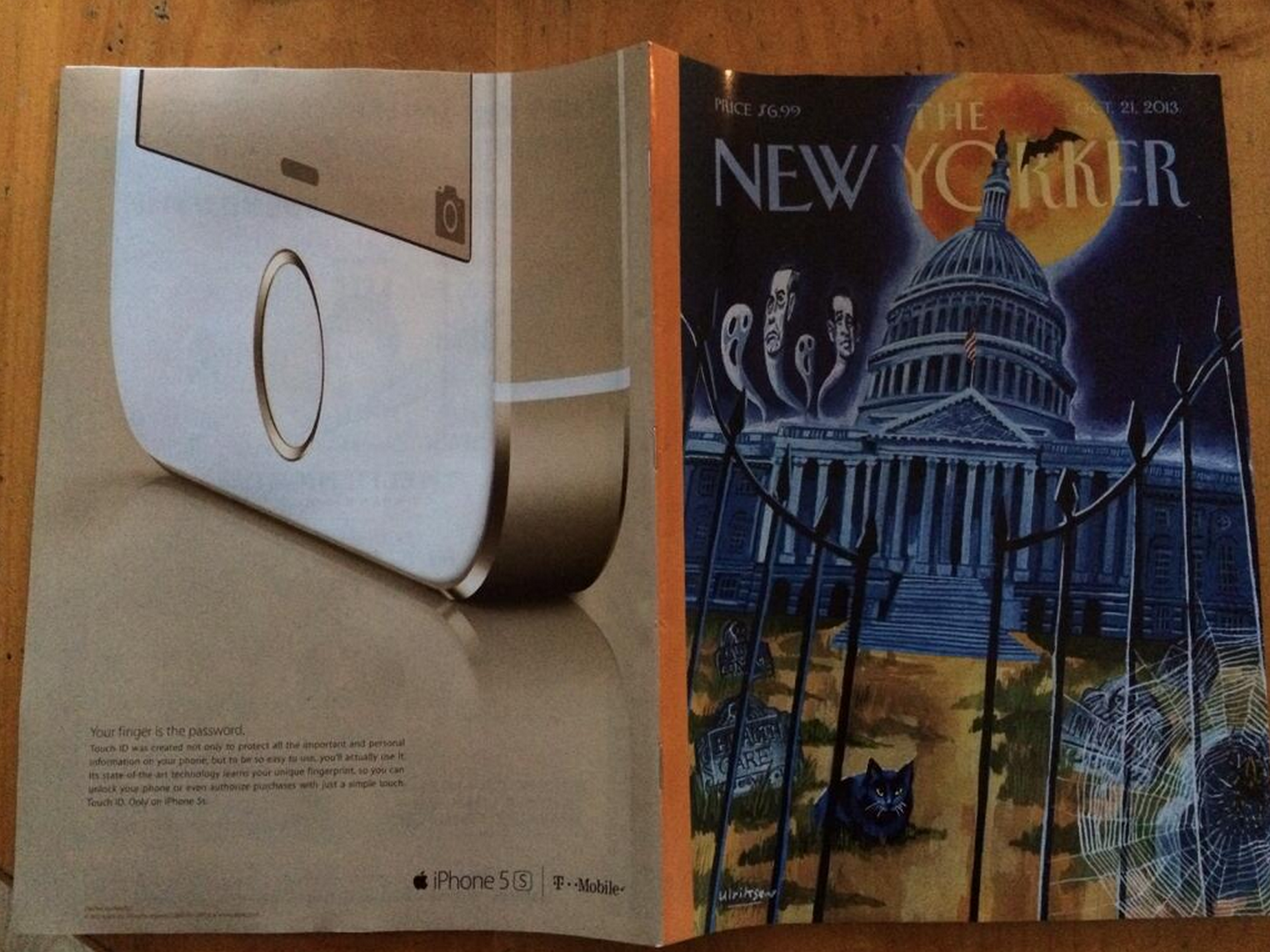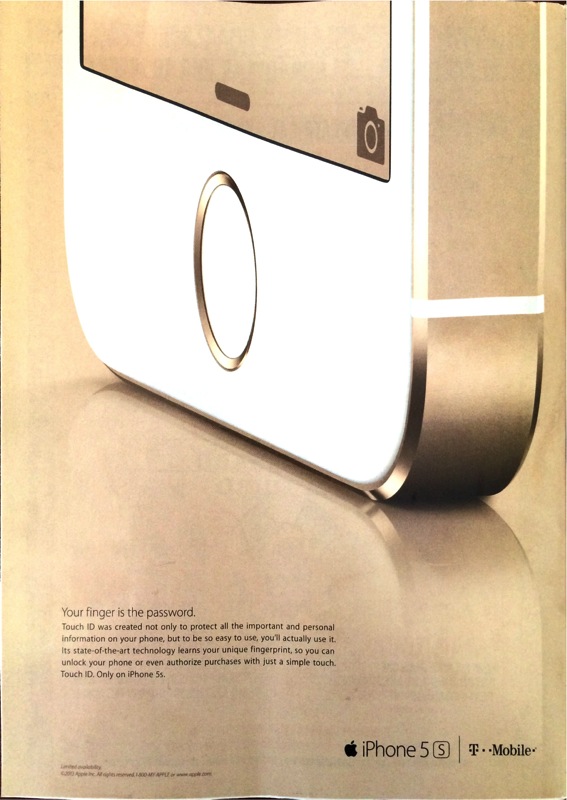The New Yorker profiles Jony Ive: details meeting Jobs, iPhone 6, Apple Watch, cars and more


The New Yorker has published an extensive profile on Jony Ive, Apple’s Senior Vice President of Design. Many newspapers have written up articles on Ive in recent years, but this latest account by Ian Parker is by far the most detailed and (arguably) the most interesting, revealing new anecdotes and tidbits on Apple’s latest products in the process.
The story tracks how Jony arrived at Apple back in the late 90’s, how his relationship with Jobs developed over that period, and how he is adapting to ‘leading’ design in post-Jobs Apple. The piece includes some new details about how the Watch project and the newest iPhones formed, as well as incorporating quotes from Tim Cook, Bob Mansfield, and others.
Read on for some select excerpts from The New Yorker’s story.






 Other than the notable apps and updates below, developers of
Other than the notable apps and updates below, developers of